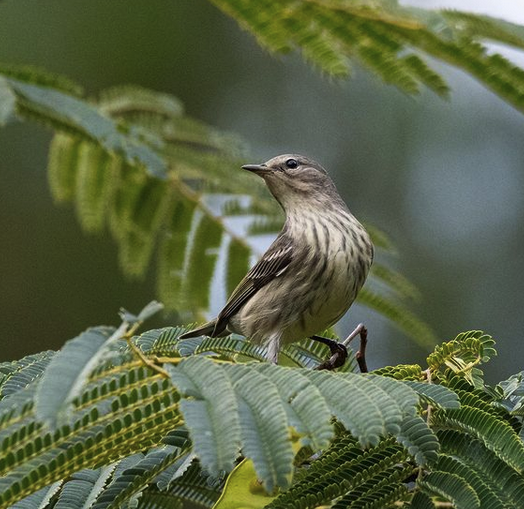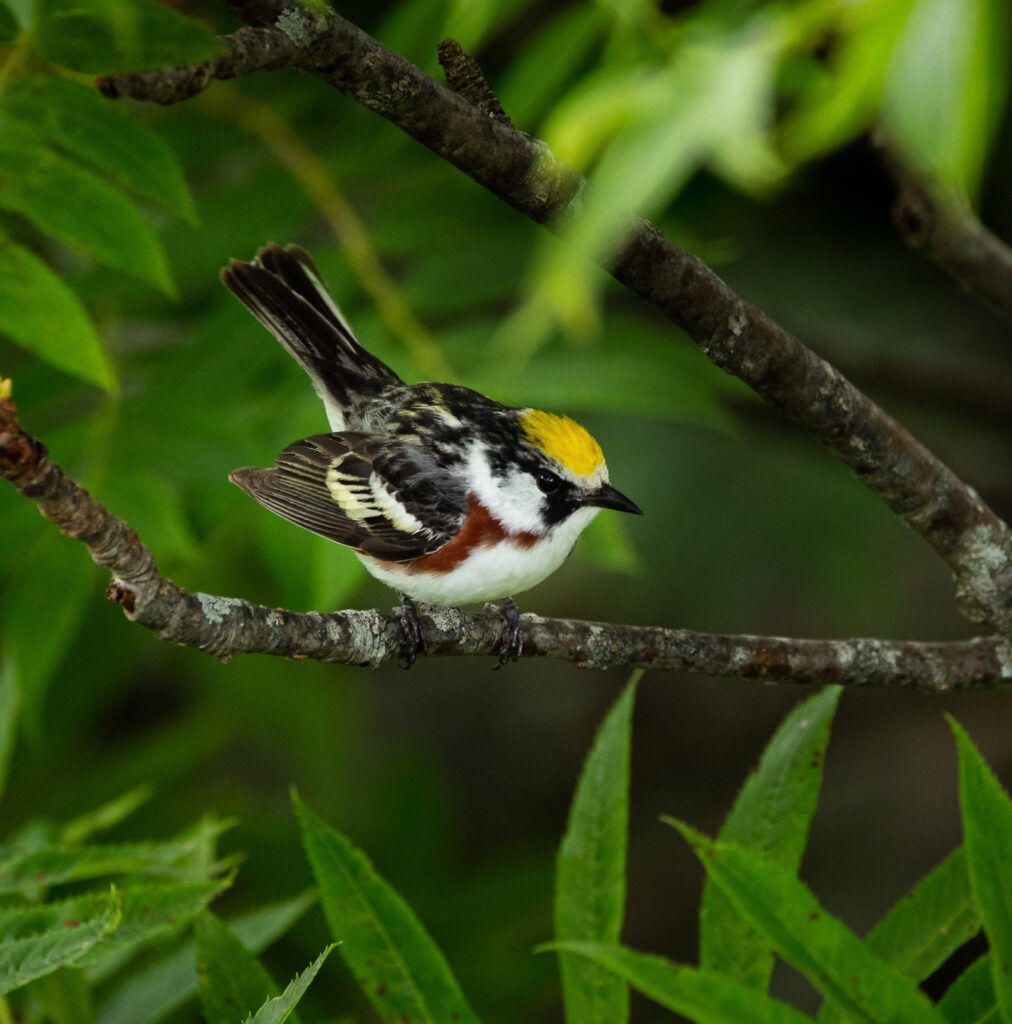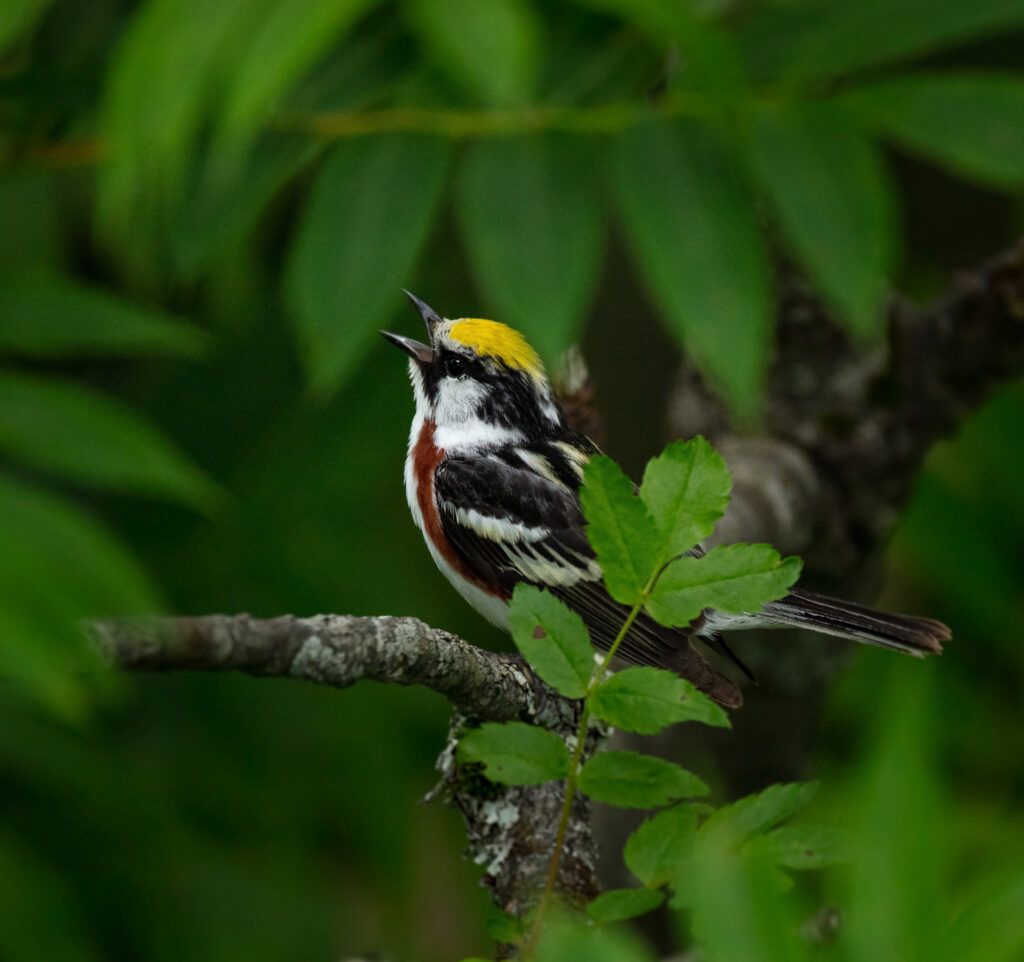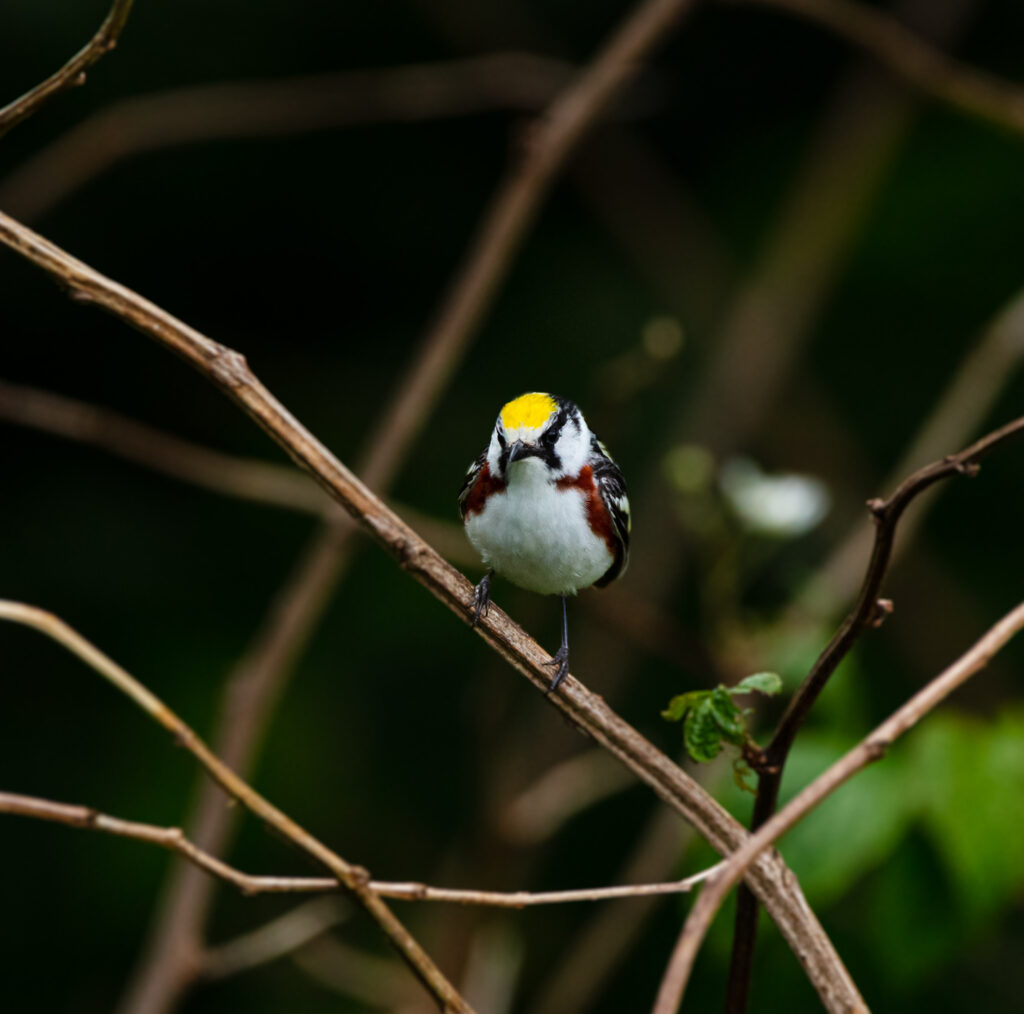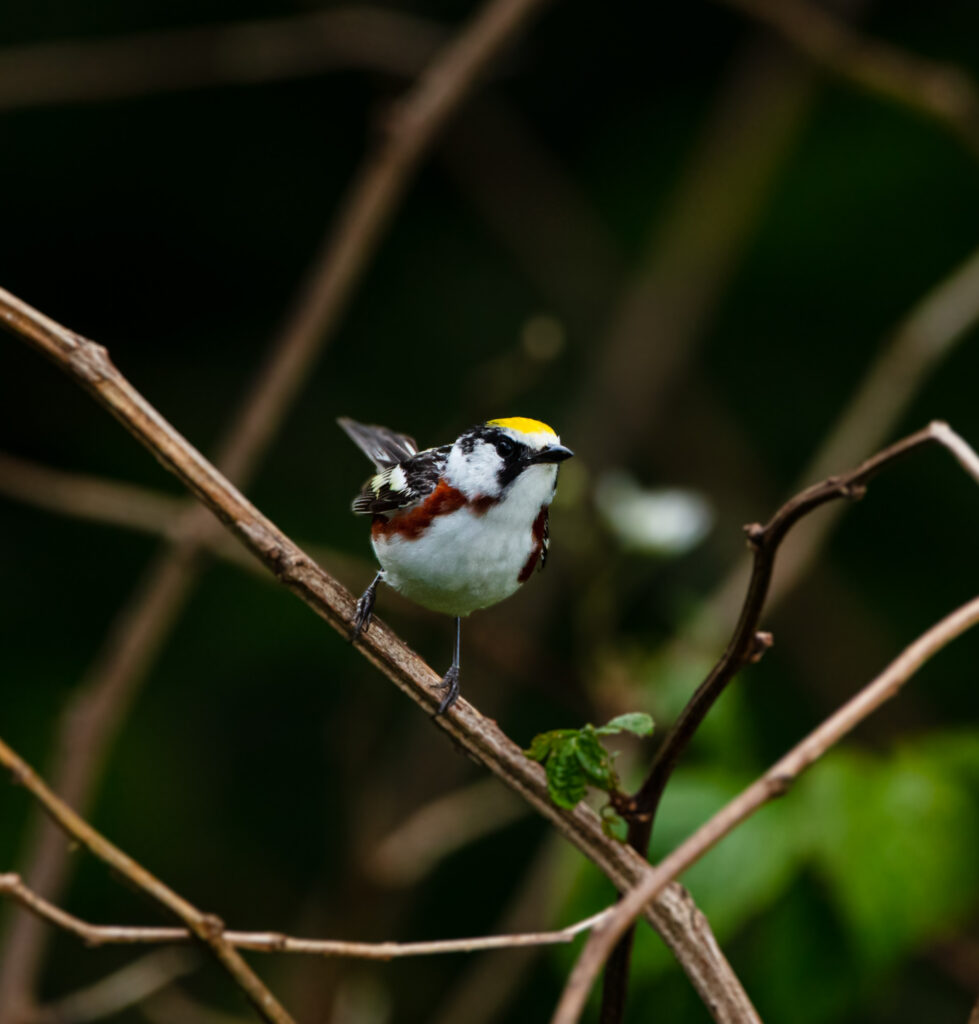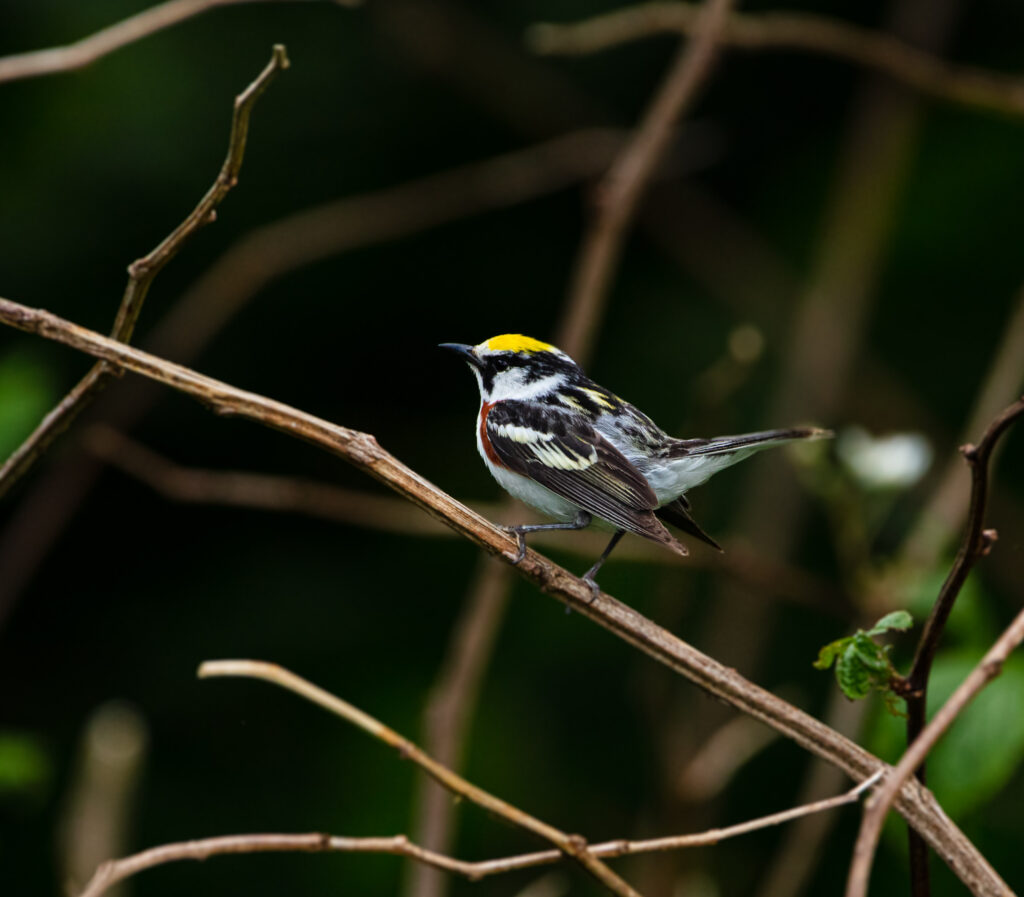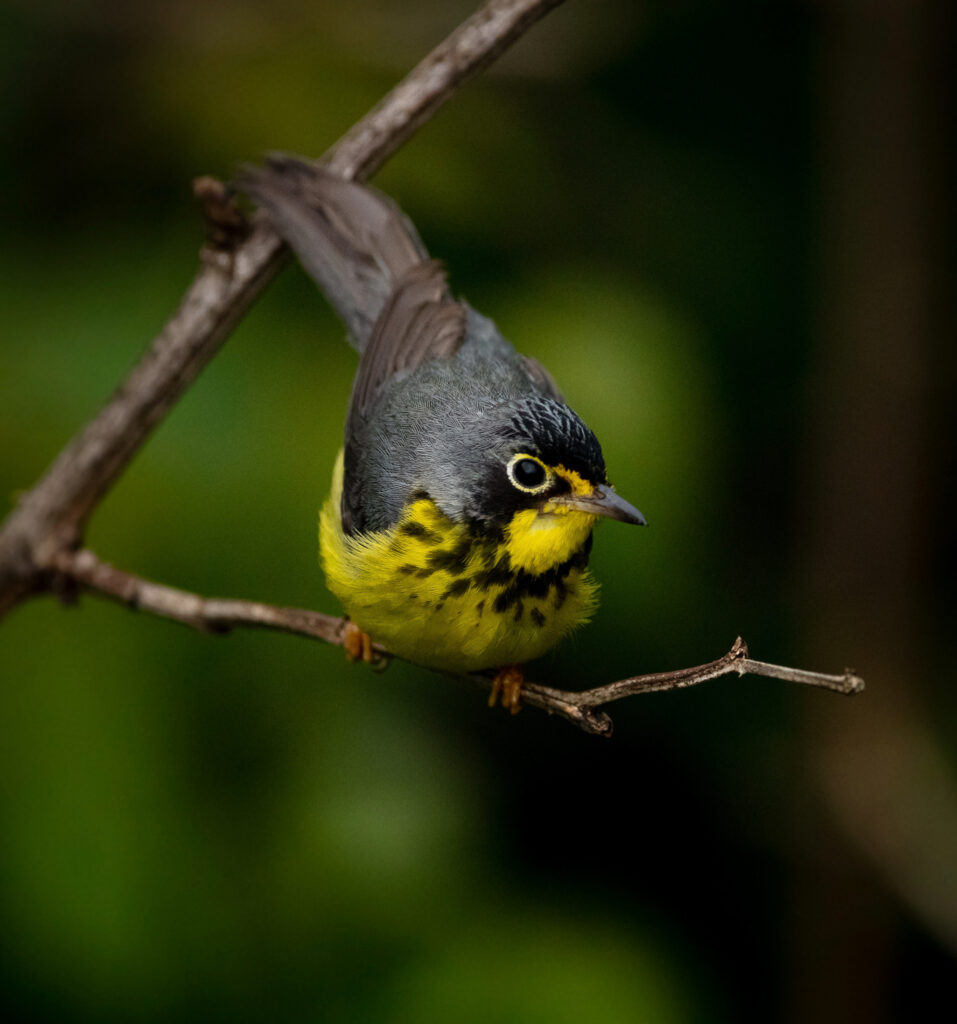By Sally Siko
With as many KY birds as I’ve been posting recently, how about this Kentucky Warbler that I found while birding here in NC with my freind Corie Latta @latta.ridge earlier this month?
Isn’t he gorgeous?!
We spotted this feathered gem while exploring the area around Bynum Bridge in Pittsboro.
The neat thing was that this particular bird was super accessible as it popped out of the underbrush frequently to sing offering us multiple opportunities to snag a good photo or two.
Big props to Corie for putting us on this bird!
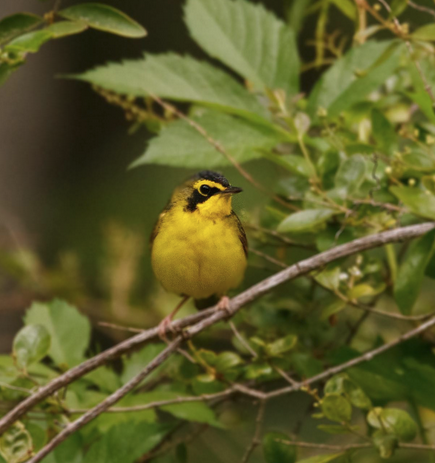
This brightly colored warbler, (unlike so many other geographically named warblers lol), is actually well-named, as the center of its range lies squarely in the center of the state of Kentucky.
They are quintessential birds of the Eastern deciduous forest, breeding across nearly all of North Carolina from the mountains to the coast. Though they are considered a common bird west of the Appalachians, east of the Blue Ridge mountains there isn’t a particular region where Kentucky Warblers are found in great numbers so it’s always a treat to spot one here in the Triangle area.

Kentucky Warblers are usually best found in moist, rich forests, containing a thick underbrush zone near creeks and streams beneath a hardwood canopy.
Most breed in our floodplain habitats (particularly in brownwater ones) while avoiding blackwater regions such as the Lumber River area.
In our western mountains, where broad floodplains are scarce, Kentucky Warblers may be found nesting on slopes, but usually on lower ones or on others that are very rich and lush.
Look for these beauties from late April through early September here in the Tarheel state.
Photos by @sally_siko of @bestlife_birding on my beloved full frame 50MP beast, the mighty @canonusa #5Ds




